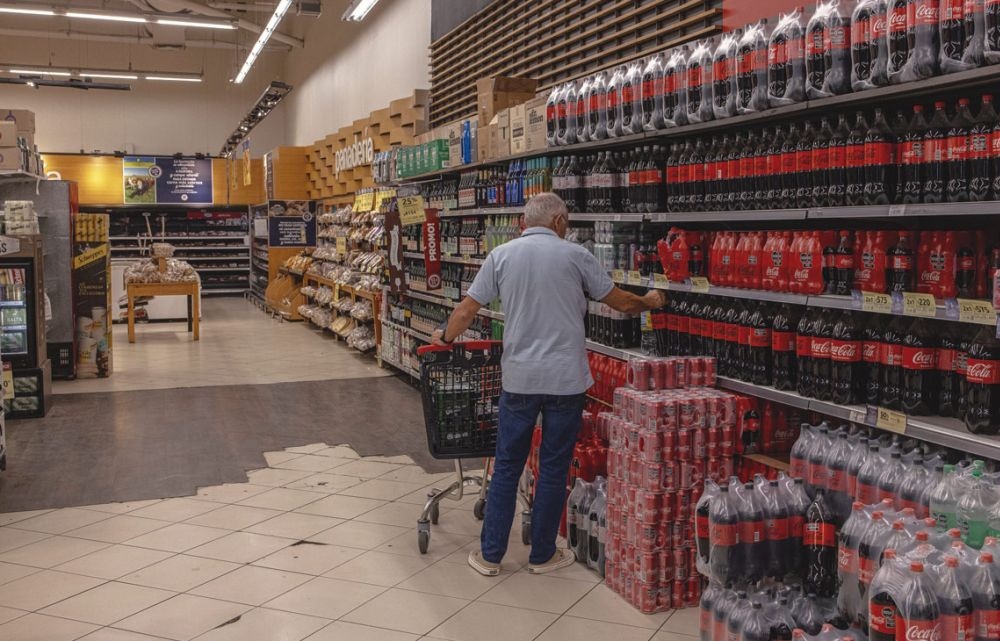As a result of the 2.1 percent increase in consumer prices that occurred in September, inflation continued its upward trend over the previous month. According to the data, prices have increased by 22 percent in the first nine months of the year and by 31.8 percent over the last twelve months. This represents a considerable decrease from the 211 percent increase that was witnessed when President Javier Milei took office in December 2023. The report says that the category that had the most significant monthly increase in September was Housing, water, electricity, gas, and other fuels, which witnessed a jump of 3.1 percent. This increase was mostly due to increases in utility prices.
The hospitality industry, which includes establishments such as hotels and restaurants, demonstrated very little variation, posting a growth of only 1.1 percent. This sector is at the other end of the spectrum. It appears that there may be a decrease in consumption within the sector, as indicated by this statistic. There was a 1.3 percent rise in the amount of money spent on recreation and culture. With the exception of Patagonia, food and non-alcoholic drinks were the industry that had the most significant impact on the monthly variations of the region. Transportation, on the other hand, witnessed the most substantial rises. A rise of 2.6 percent was seen in prices that were subject to control, while seasonal prices witnessed an increase of 2.2 percent, and core inflation reported a gain of 1.9 percent. Therefore, one of the most important policy accomplishments that Milei has accomplished up to this point is the slowdown in inflation. In spite of the fact that a slight increase does not now arouse worry, it is important to note that prices have been steadily climbing since the month of May.
The monthly rate of inflation was recorded at 1.5 percent, which indicates a considerable slowdown in the pace of inflation for that particular month. The month of June, however, showed a minor increase of 1.6 percent, which was followed by gains in the months of July and August, both of which were at 1.9 percent. In Buenos Aires City, prices went up by 2.2 percent in the most recent month, which is a significant increase from the 1.6 percent increase that was reported in August. It was generally anticipated by private experts that the national number for September would be greater than two percent, and similar monthly estimates were anticipated for the other months of the year. It has been determined that the industries that are witnessing the most substantial growth are the ones that deal with transportation, restaurants, and clothing and footwear. According to the monthly market expectations survey conducted by the Central Bank, there was a 2.1 percent gain at the end of the previous month. The annual rate for 2025 is anticipated to be roughly 30 percent. Just before the midterm elections that are due to take place on October 26, this is the final official report on inflation information.
A major reduction in inflation has been achieved by Milei since he took office; nevertheless, this achievement has been accompanied by a devaluation of the peso, substantial cutbacks in government expenditures, and the termination of subsidies, which has contributed to a rise in the costs of housing, healthcare, and education. According to a source, the current state of the economy “is not very promising in terms of what people perceive on the street.” This is due to the fact that the industries that are experiencing development, such as mining and financial intermediation, do not serve as the key engines of employment. It was announced on Tuesday that the International Monetary Fund has reduced its growth prediction for Argentina for the year 2025 lower, bringing it down from 5.5 percent to 4.5 percent.

